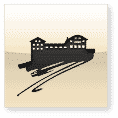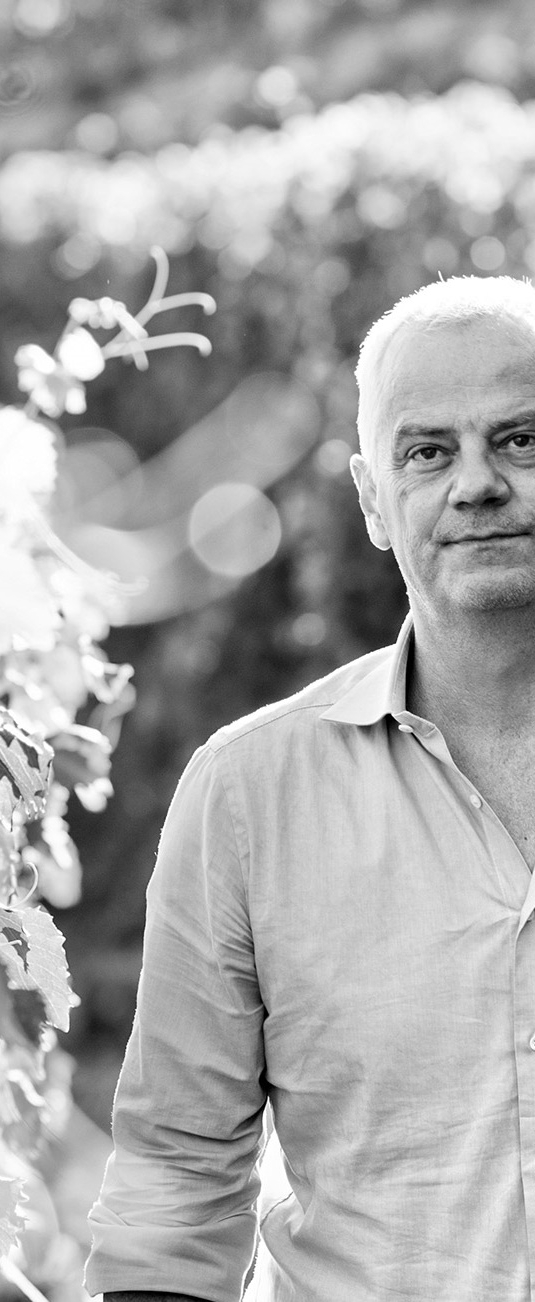Wines from several varieties: the art of blending
Which are the greater wines? Those from a single grape variety or those from a blend of two or even more varieties? I cannot answer or clarify this question conclusively, as the example of the two best-known red wines of France, Burgundy and Bordeaux, shows. A Burgundy is always single varietal. It is made from Pinot noir, the grape that has made the Côte d’Or region world famous. Today, the best wines from the Grand Cru sites are on the one hand rare – and on the other hand so expensive that only millionaires can afford them. A Bordeaux, on the other hand, usually contains several varieties, primarily Cabernet Sauvignon and Merlot, combined with small proportions of Cabernet Franc, Petit Verdot, and occasionally Malbec. Such cuvées also cost half a fortune, although it is easier to find good examples at reasonable prices in Bordeaux than in Burgundy. Which of these two wines one ultimately prefers comes down to personal preference.
But when do winemakers choose one option or the other? It has mainly to do with the tradition in the respective growing region. For example, a Châteauneuf-du-Pape from the southern Vallée du Rhône may consist of up to 13 grape varieties. In Portugal’s Douro Valley, too, people swear by the art of blending, especially since the appellation is a veritable treasure trove of countless indigenous varieties, some of which are little known. The goal of the assemblage is always that the blended wine tastes better than each lot on its own. The winemakers want to achieve a harmony of all elements such as aromas, tannins, acidity, alcohol and also color. However, the choice is also related to the fact that not all varieties are ready for harvest at the same time. Merlot, to stay with the Bordeaux example, matures earlier than Cabernet Sauvignon. A cuvée can thus be used to compensate for the effects of weather. If one variety does not mature optimally, or if the yield is (too) low, another can be used to correct and compensate accordingly.
Burgundy is not the only wine-growing region that is fond of single-varietal wines – in addition to Pinot noir, Chardonnay is at home here among the whites. The famous Barolo and Barbaresco wines from Piedmont are made from the noble Nebbiolo grape. The pride of the Californian producers is the single-varietal Cabernet Sauvignon, that of the Australian producers the single-varietal Syrah or Shiraz, as the variety is called Down Under. With wines vinified in this way, the character of a grape and its vintage-typical origin are particularly emphasized. The differences between the individual years are correspondingly greater than in the case of a mariage of several varieties.
Of course, both variants can also be found in Switzerland. In Valais in particular, the “design possibilities” are exceedingly diverse, as over 50 grape varieties are cultivated in Switzerland’s largest growing region. Thanks in no small part to this selection, I believe a series of fascinating and exciting cuvées are vinified. This circle also includes the Salconio by Albert Mathier, which is a quasi homage to Salgesch. This was the name of the village in the 11th century. The red wine is always an assemblage of several varieties. Thus, in 2021, the cru aged in steel tank was composed of Diolinoir, Merlot, Syrah and Ancellotta. Especially the latter is
a perfect team player, because in association with other grapes it provides more color, additional structure and power. Accordingly, the very well done Salconio presents itself: in the glass, the deep, almost purple color stands out. The nose reveals beautiful aromas of dark berries, slightly spicy notes and violets. The fruit-driven wine is medium-bodied, elegant, well-structured and balanced – a beautiful marriage of the four highly diverse grapes.
There is truth in wine, as the saying goes. That’s right. However, there is no definitive truth to the question regarding single-varietal drops or cuvees. Either way, the wine should taste excellent – as is the case with Salconio 2021.



